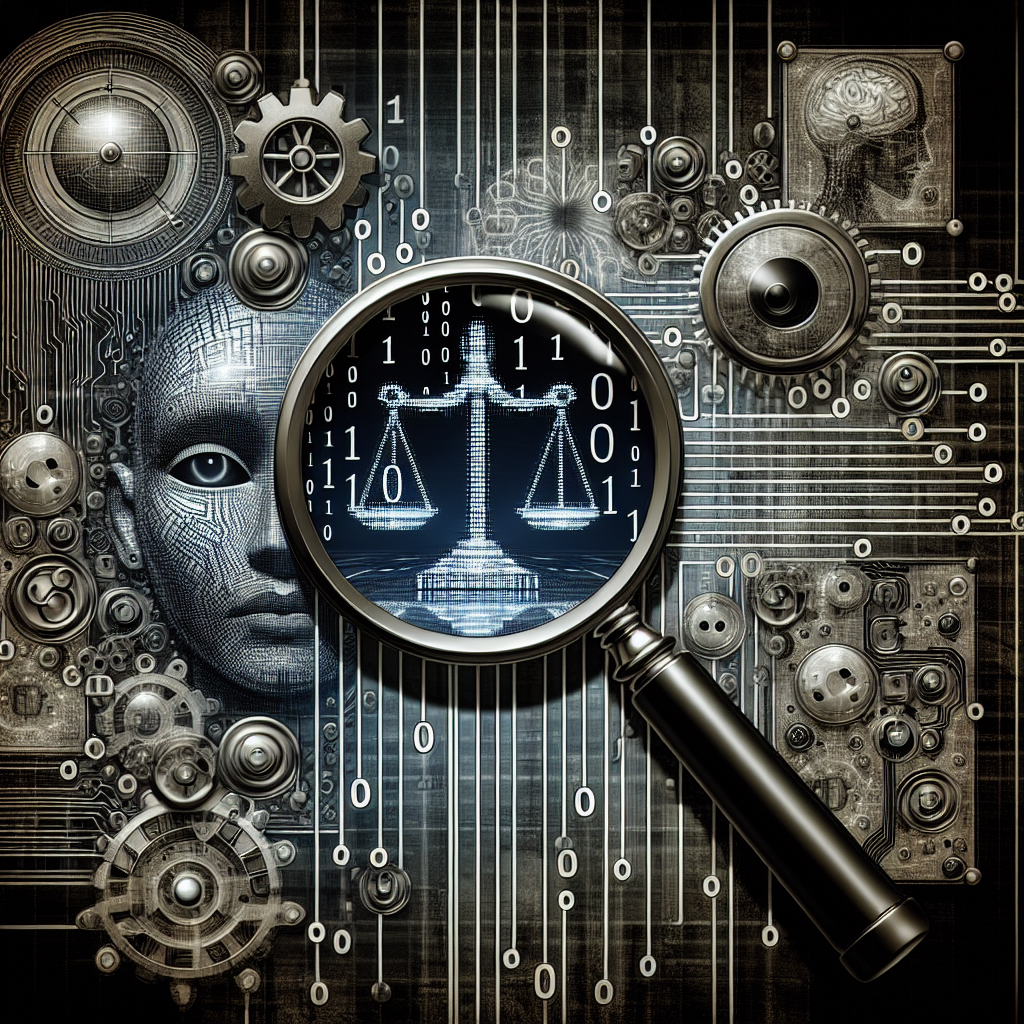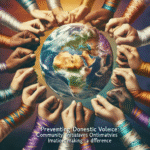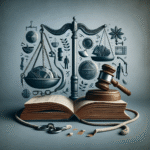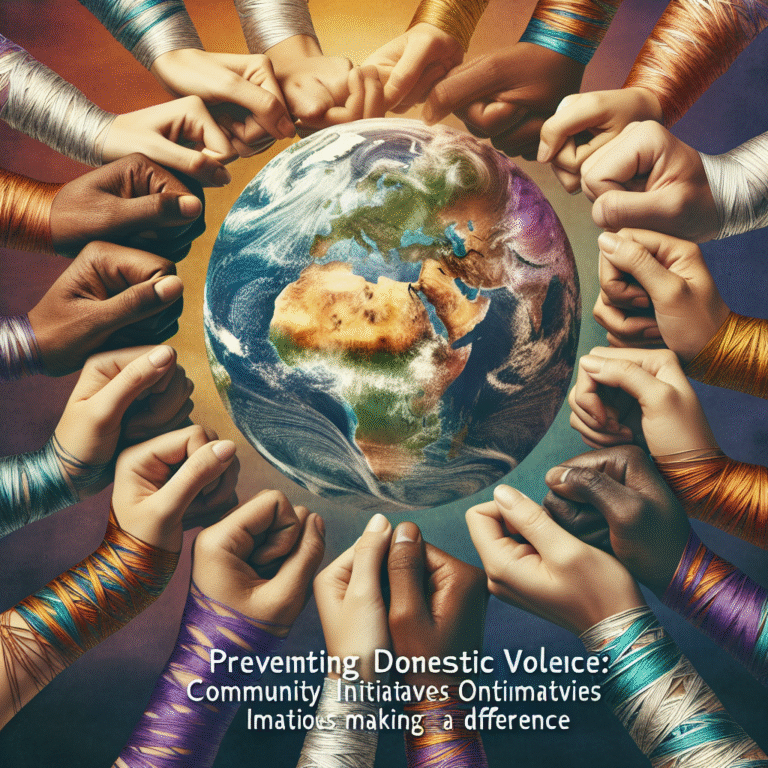
In an age where misinformation can spread like wildfire, the ability to discern truth from deception has never been more critical. Whether in personal relationships or high-stakes international negotiations, the need for reliable deception detection tools is at an all-time high. This article dives deep into the fascinating intersection of technology and human psychology in uncovering the truth. We will explore innovative methods, case studies, and the future landscape in Spotting the Truth: How Technology is Revolutionizing Deception Detection.
Introduction: The Age of Deception
Imagine a world where you could easily identify when someone is lying. From corporate boardrooms to personal relationships, deception often plays a significant role. Research shows that people lie daily, sometimes even without realizing it. The stakes can be colossal—financial losses, personal betrayal, or even international conflicts fueled by misinformation.
This article sheds light on how technology is stepping in to revolutionize deception detection. With tools ranging from biometric analysis to AI-driven algorithms, we are at the forefront of a new era in discerning the truth.
The Science Behind Deception
To effectively leverage technology for deception detection, one must first understand the psychology behind lying. Dr. Paul Ekman, a renowned psychologist known for his work on facial expressions and emotions, posits that deception involves complex emotional and cognitive processes. Understanding these processes is crucial in developing technology aimed at revealing the truth.
The Anatomy of a Lie
Lies can trigger a variety of physiological responses:
- Micro-expressions: Brief, involuntary facial expressions that reveal true emotions.
- Physiological responses: Changes in heart rate, skin temperature, and sweat can indicate stress levels associated with lying.
This section serves as the foundation for technological advancements designed to detect such signs, as the goal becomes to quantify these often-subtle signals.
Technological Innovations in Deception Detection
1. Biometric Monitoring
One of the most promising areas in the realm of Spotting the Truth: How Technology is Revolutionizing Deception Detection is biometric monitoring. This technology leverages physiological data to assess whether an individual is likely being truthful.
Case Study: The Polygraph Test
While polygraph tests are not infallible, they have long been used by law enforcement agencies. By measuring heart rate, blood pressure, and respiratory patterns, these machines analyze stress responses that may indicate deception. Recent advancements have seen these tests becoming more sophisticated and less invasive, further highlighting how technology is revolutionizing this field.
| Metrics Monitored | Implications |
|---|---|
| Heart Rate | Elevated rates may indicate stress related to deception. |
| Skin Conductivity | Increased moisture can signify anxiety about lying. |
| Respiration Rate | Irregular breathing patterns could be a sign of deceit. |
2. AI and Machine Learning
Artificial Intelligence (AI) is transforming how we perceive and understand human behavior. Companies are now developing AI algorithms that analyze speech patterns, linguistic choices, and even voice modulations.
Case Study: The Veracity Project
The Veracity Project employs machine learning models to analyze language and stress markers in real time. By training algorithms on vast datasets of interviews—both truthful and deceptive—they can make predictions about the authenticity of statements with remarkable accuracy.
3. Video Analysis Technology
Advancements in video technology, including facial recognition systems, offer new opportunities for deception detection. Software can analyze the micro-expressions of individuals and provide insights into emotional states that corroborate or contradict their spoken words.
Case Study: The Emotion Recognition Program
Using AI, the Emotion Recognition Program from the University of California analyzes facial expressions during interviews. It can assess various emotions—happiness, anger, fear—and correlate them with the content of what’s being said, thus enhancing our ability to spot lies effectively.
Ethical Considerations
Spotting the Truth: How Technology is Revolutionizing Deception Detection raises several ethical concerns. As we integrate these technologies into various sectors, we must address issues such as privacy, consent, and the potential for misuse. The technology that can spot deceit also has the potential to infringe on personal freedoms; thus, careful consideration is crucial.
Balancing Technology and Ethics
- Informed Consent: Individuals should be aware when they are being monitored.
- Data Privacy: Safeguarding personal information must be prioritized.
- Misuse of Technology: Clear guidelines need to be established to prevent abusive practices.
Future Implications of Technology in Deception Detection
As technology continues to evolve, it will likely lead to more sophisticated methods of detecting deception. Future advancements may combine various technologies (like voice, facial, and text analysis) into a unified platform.
Predictive Analytics and Deception
Another intriguing development involves predictive analytics, which leverages past behavior to forecast future actions. This can serve as a powerful tool in deception detection, offering not just real-time analysis but also contextual understanding based on historical patterns.
Case Study: Fraud Detection in Financial Services
Banks and financial institutions are using these predictive models to flag fraudulent activities. By recognizing behavioral anomalies in transaction patterns, companies can effectively spot deceit before it leads to significant losses.
Conclusion: Spotting the Truth in a Digital World
As we’ve explored, Spotting the Truth: How Technology is Revolutionizing Deception Detection not only prepares us to read between the lines but also equips us with the tools to make informed decisions in an increasingly complicated world.
The blend of psychology and technology offers powerful insights into human behavior, helping us discern the truth from deception. As we move forward, it’s essential to approach these advancements with an ethical mindset, ensuring that our quest for truth does not infringe on individual rights.
Takeaway
The conversation about deception detection is only just beginning. By staying informed and understanding the technologies available, we can navigate a landscape rife with misinformation and deception, ultimately empowering ourselves and our communities to seek the truth.
FAQs
1. What is the most effective technology for detecting deception?
There isn’t one definitive answer; advancements in biometric monitoring, AI, and video analysis all show promise. Each method has its unique advantages depending on the context.
2. Can deception detection technology be used in everyday life?
Yes, tools such as mobile apps for voice analysis and video processing are increasingly becoming accessible for personal and professional use.
3. Are there ethical concerns with using deception detection technologies?
Absolutely. Privacy and consent are critical considerations, and guidelines must be established to prevent misuse.
4. How accurate are current deception detection technologies?
While many technologies show promise, efficiency often varies by context and individual differences. Ongoing refinement and training of algorithms are essential for improved accuracy.
5. What future advancements can we expect in deception detection?
We can anticipate more integrated systems that combine multiple technological approaches, improving the overall effectiveness and accuracy in spotting the truth.
In conclusion, as we continue to explore the evolving role of technology in deception detection, the importance of ethical considerations cannot be overstated. Together, we can harness these tools to forge a future grounded in truth and integrity.


















